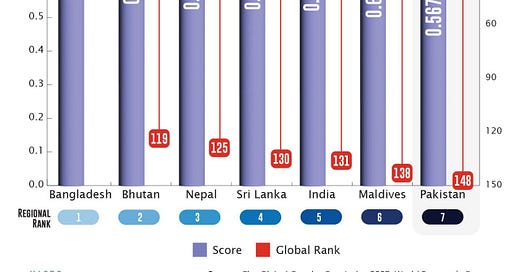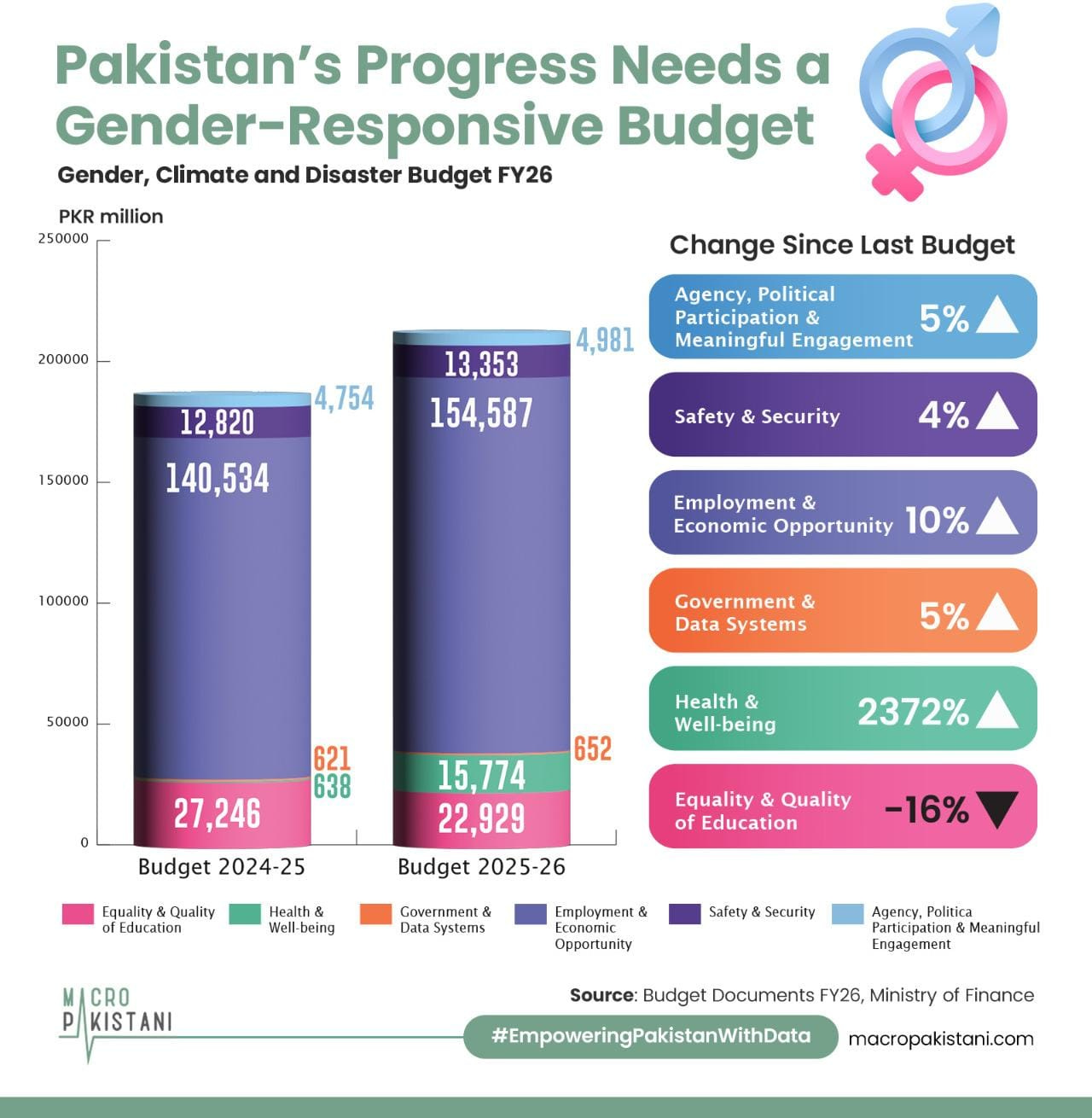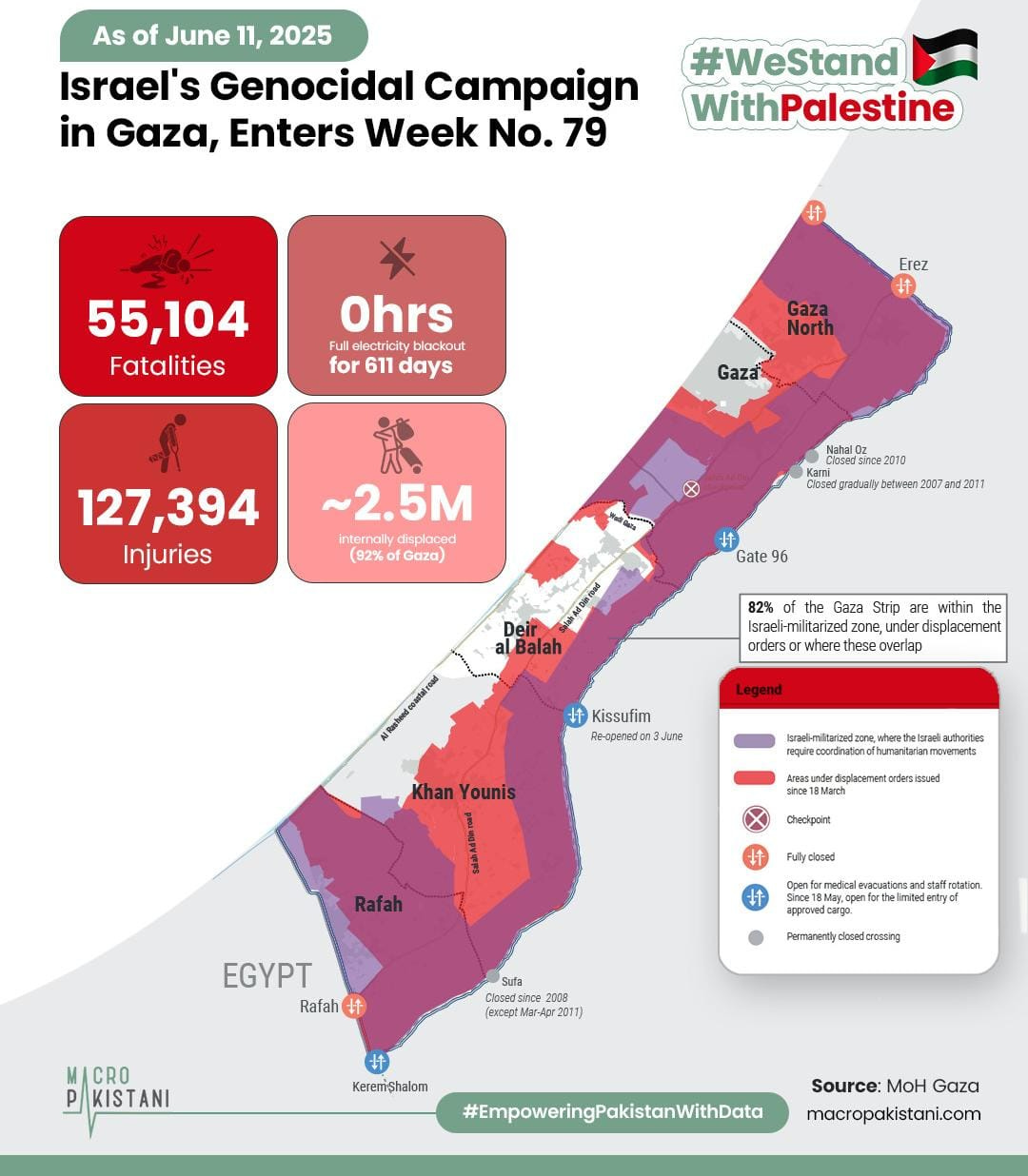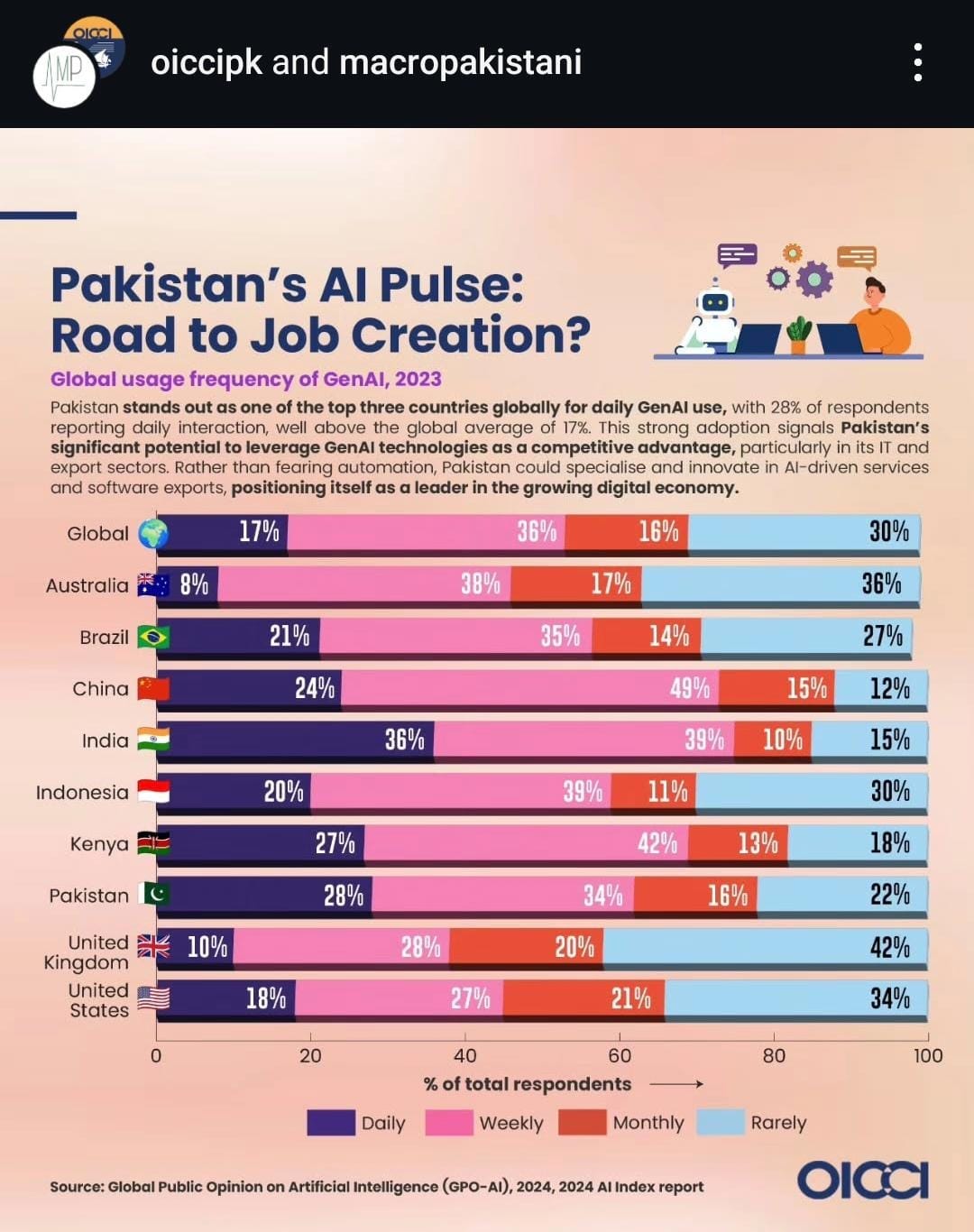Pakistan’s Progress Needs a Gender-Responsive Budget
Despite making up nearly half the population, women remain sidelined in Pakistan’s budget, with only 9.2% of current and 6.9% of development spending directed toward vague programs.
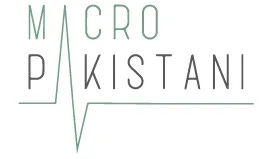
Pakistan’s FY2025–26 budget arrives as the country continues to neglect its growing gender crisis. Ranked last out of 148 countries in the 2025 Global Gender Gap Report, Pakistan has achieved just 56.7% gender parity, with women facing some of the world’s widest gaps in employment, pay, and political representation. Female unemployment remains alarmingly high, and women earn 25% less than men per hour, and 30% less monthly due to fewer working hours. Despite constitutional promises of equality, only 9.2% of the current and 6.9% of the development budget target gender-sensitive areas. While the government has begun budget tagging for gender issues, there is little sign of meaningful stakeholder consultation or structural reform to close the widening gap. The lack of focus on such pertinent issues is mostly owed to the current IMF austerity program, reduced political will, and a generally limited understanding of how gender equality is not just a social goal, but an essential driver of economic growth and national development.
Women comprise 48.5% of the population, yet only about 23% participate in the labor force. The Economic Survey 2024–25 outlines numerous initiatives under the Prime Minister’s Women Empowerment Package, ranging from interest-free loans and vocational training to urban mobility schemes like Women on Wheels. While promising, these remain fragmented and poorly integrated into broader fiscal planning. Female literacy still trails at 52.8% versus 68% for men, and a striking 30% gender pay gap persists in monthly wages. Although 9.87 million women benefit from BISP cash transfers and 68% of PPAF loans go to women, only 9.2% of the current budget and 6.9% of the development budget are gender-tagged. Crucially, gender-responsive budgeting lacks stakeholder input, and there’s no systematic monitoring of whether these funds reduce occupational segregation or improve women's access to the formal economy.
Without stronger enforcement, transparent allocation, and targeted investments in education, child care, transport, and formal sector job creation, Pakistan’s gender gap will continue to constrain both social progress and economic growth. Our recent post on out-of-school children also extends the literacy problem to show the disproportionate impact on girls in their formative years. The impact of budgetary spending stretches from health, and education, to employment and economic opportunities. Gender gaps in education and healthcare lead to high poverty, low productivity, and poor health outcomes, with maternal mortality at 154 per 100,000 births and infant mortality nearly twice as high for uneducated mothers. These disparities limit women’s well-being and hinder national development.
GRAPHICS
From the Madleen flotilla to the Maghreb’s “Convoy of Steadfastness,” a global conscience is awakening — giving voice to the silenced and reshaping the moral compass of our time amid Israel’s genocidal campaign in Gaza. Each convoy is more than a lifeline for Palestine; it is a living blueprint of resistance, a torch lighting the path for humanity.
For the first time, the brutality of the Western-imposed world order is being challenged with unprecedented clarity. Tanks are being met with truth. Weapons, with unwavering morality. Bombs, with the defiant power of prayer.
Pakistan is rapidly emerging as a global tech hub, with 28% of respondents reporting daily use of generative AI, placing the country among the top three globally and well above the 17% global average. This widespread adoption is fueling growth in Pakistan’s IT sector, which achieved record exports of $3.223 billion in fiscal year 2023-24, reflecting a 24% increase from the previous year.
Pakistan’s mobile-driven financial inclusion remains the lowest among its regional peers, with just 28% of respondents using mobile for online banking, 26% for government services, and 21% for income generation, lagging behind countries like India, Bangladesh, and Egypt.
Data Visualization & Marketing Partner: Brand Nib
Visit: https://macropakistani.com/advertise/
Grateful for the ever-growing list of collaborators!
About Us: Macro Pakistani is a data-driven research platform that aims to provide a basic understanding of Pakistan’s economy. If you have an interest in contemporary news but are currently overburdened with sensationalism and specialized vocabulary, we are the platform for you.
How are we doing? Please send us any questions, comments or suggestions by replying to this email.
